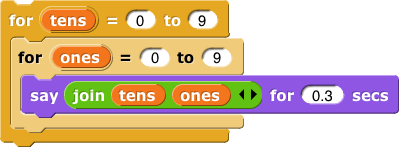Programs often require repeating a set of actions. You have already used three ways and will learn a fourth in this lab session.

In the current version of
snap, the
for block isn't installed automatically. Click on the File

menu at the top of the
snap window and select "Import Tools." You'll need to import tools once into each new
snap project where you need
for.
The
for block counts by 1 from the first number to the last number, running the script inside it. As the
for block counts, it keeps track of the changing number with the variable

. You can
use the number in that script. The animation shows how.
 block is appropriate when you want to repeat the same thing forever.
block is appropriate when you want to repeat the same thing forever. block is appropriate when you want to repeat the same thing a specific number of times.
block is appropriate when you want to repeat the same thing a specific number of times. block is appropriate when you want to repeat the same thing until some special condition occurs.
block is appropriate when you want to repeat the same thing until some special condition occurs. block is appropriate when you want to repeat almost the same thing with a change in each step.
block is appropriate when you want to repeat almost the same thing with a change in each step. menu at the top of the
menu at the top of the 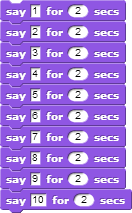
 . You can use the number in that script. The animation shows how.
. You can use the number in that script. The animation shows how.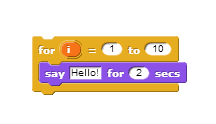
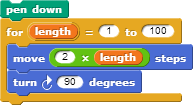
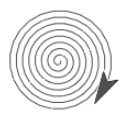
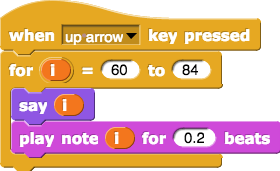

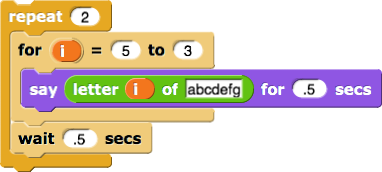
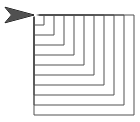
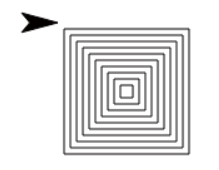
+54)-for-0.5-beats).png)
-then-say-and-play-letter-3-of-abcdefg)).png)
